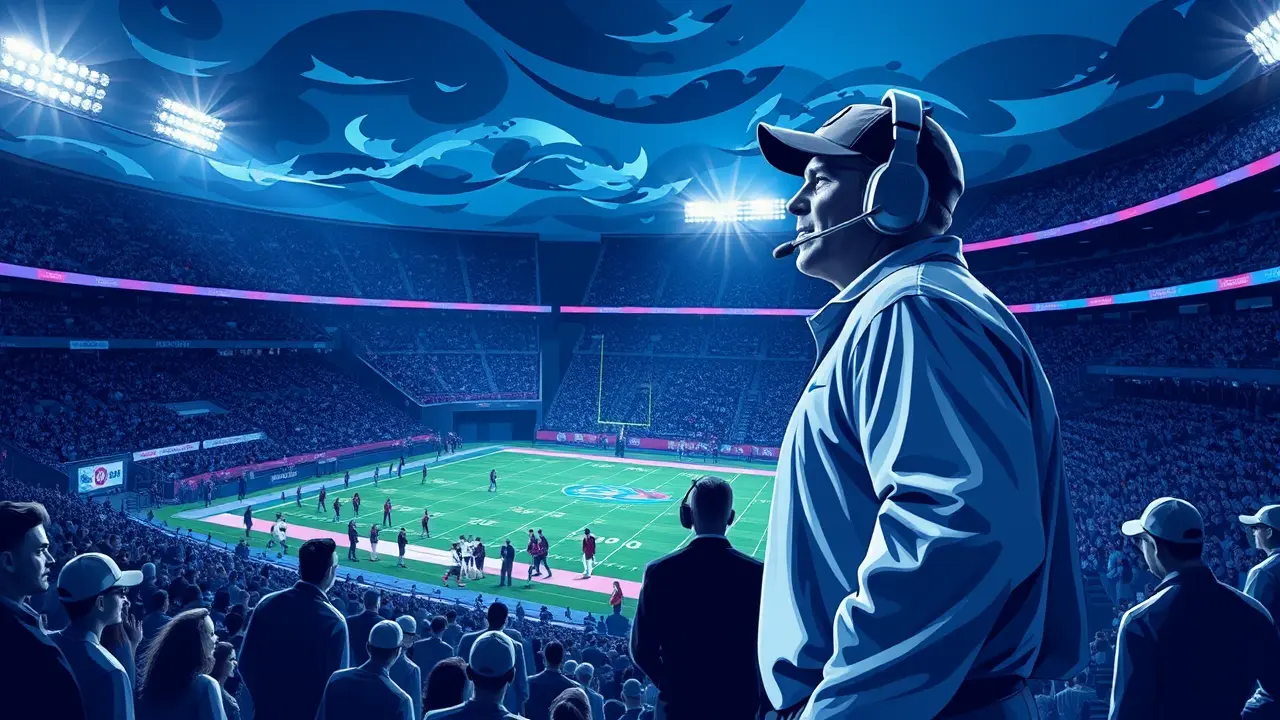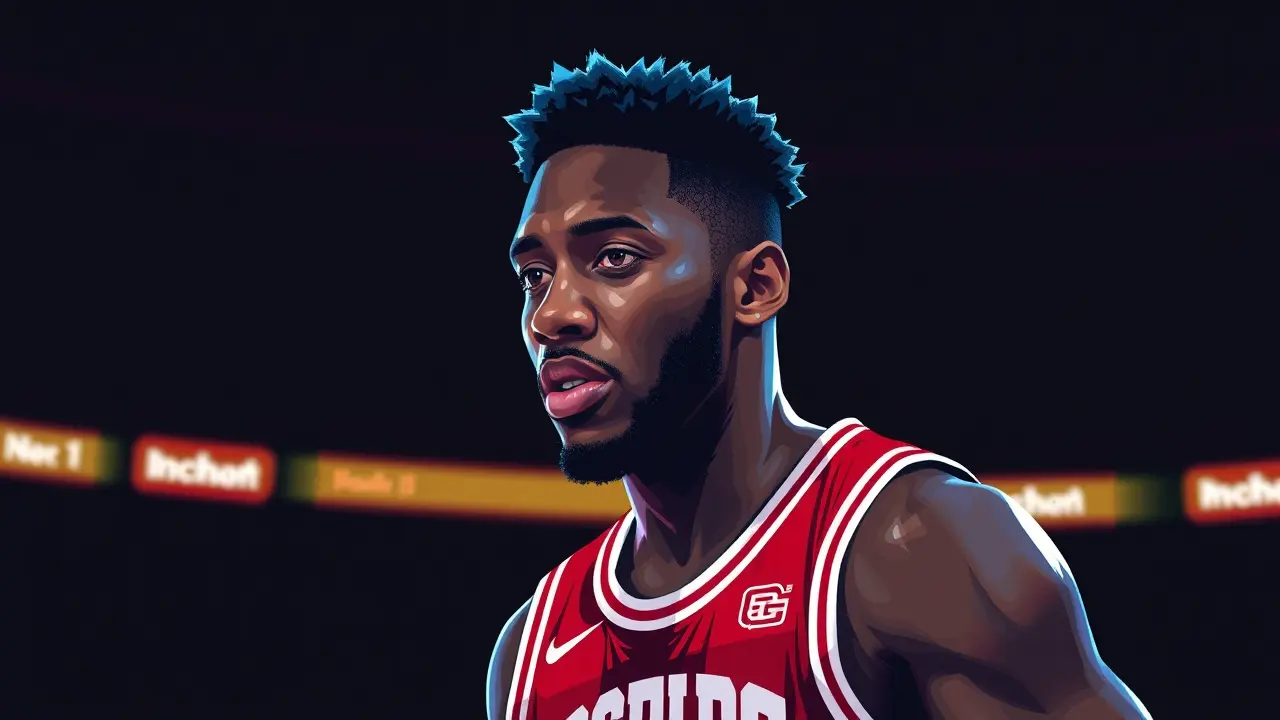
SportbasketballCoaching Changes
Excessive Spending on College Football Coaches
JA
Jack Turner
21 hours ago7 min read
The stadium lights blaze, the crowds roar, and the checkbooks open wide—welcome to the high-stakes financial theater of college football, where the most lucrative public salary in most states isn't for a governor, a university president, or a pioneering surgeon, but for the man pacing the sidelines with a headset. This isn't just a quirky statistic; it's a systemic reality where football coaches routinely out-earn every other public employee, a trend that has morphed into a deeply entrenched, multi-billion-dollar ecosystem with its own brutal economics.The latest, and perhaps most galling, escalation in this financial arms race is the ballooning phenomenon of buyouts—lucrative golden parachutes paid to coaches to simply go away after underperformance. Consider the seismic shockwaves from a program like Texas A&M, which orchestrated a record-shattering buyout exceeding $75 million to dismiss Jimbo Fisher, a sum so vast it could fund hundreds of faculty positions or provide full-ride scholarships to thousands of students.This isn't an isolated incident but part of a corrosive pattern: Gus Malzahn's $21 million exit from Auburn, Scott Frost's $15 million farewell from Nebraska, and countless others form a disturbing ledger of fiscal choices. The justification from athletic departments and fervent boosters often hinges on a simple, albeit flawed, equation: a winning football program is a potent marketing engine, driving alumni donations, student applications, and lucrative media rights deals from conferences like the SEC and Big Ten, which now command billions from television networks.They argue that a Nick Saban or a Kirby Smart isn't just a coach; they are a CEO for a primary revenue-generating division, and their compensation, however eye-watering, is commensurate with the value they create, much like a star quarterback's draft stock. Yet, this logic crumbles under the weight of its own excess.The financial model is perilously top-heavy, creating a stark dichotomy where assistant coaches' pools explode past $10 million while non-revenue sports face the axe and student-athletes, until the recent advent of Name, Image, and Likeness (NIL) deals, saw none of this direct revenue, all while tuition costs for the general student body continue their relentless climb. The buyout culture, fueled by aggressively guaranteed contracts negotiated by powerful agents, has effectively socialized risk and privatized reward, insulating coaches from accountability while placing the financial burden squarely on the institution and, by extension, the public.This creates a perverse incentive structure where failure is not just tolerated but lavishly rewarded, undermining the very competitive integrity it purports to uphold. The opportunity cost is staggering; those millions directed toward a departing coach represent a monumental diversion of resources from the university's core academic mission—libraries with outdated collections, crumbling laboratory infrastructure, and overworked adjunct professors.When we compare a coach's guaranteed $100 million contract to the average professor's salary or the funding for critical research, the values of the modern public university are thrown into sharp, unflattering relief. The debate forces us to ask a fundamental question: what is the primary purpose of a state-funded institution of higher learning? Is it to field a nationally ranked football team at any cost, or is it to educate the next generation of citizens, foster innovation, and serve the public good? The current trajectory suggests a troubling answer, one where the pageantry of Saturday afternoon has begun to eclipse the solemn duty of the lecture hall, and the most visible public investment is not in minds, but in a game.
#college football
#coaching salaries
#contracts
#buyouts
#sports finance
#editorial picks news
Stay Informed. Act Smarter.
Get weekly highlights, major headlines, and expert insights — then put your knowledge to work in our live prediction markets.
Related News
© 2025 Outpoll Service LTD. All rights reserved.




